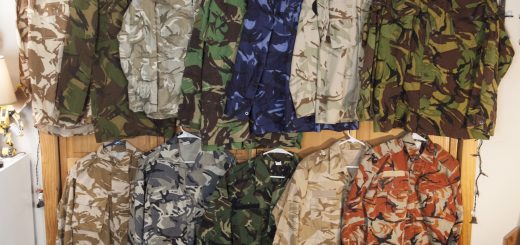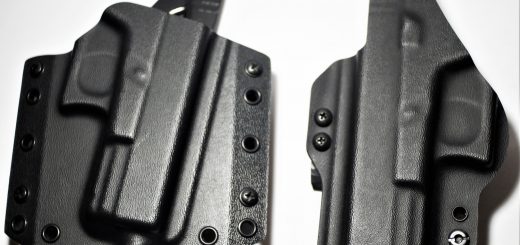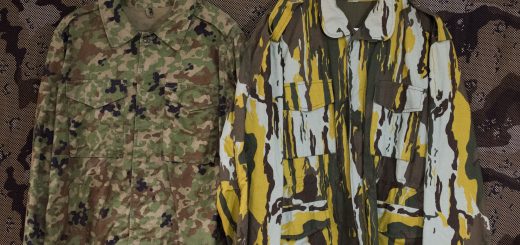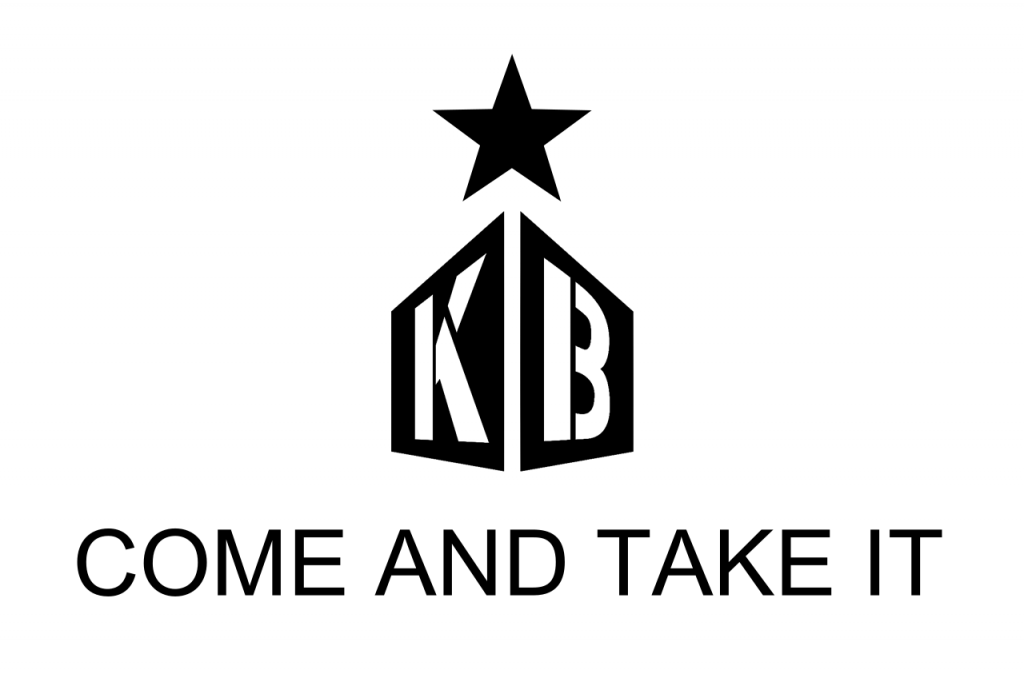Kit Culture 2.0: How Cosplay, Film, and Tactical Fashion Are Converging
Tactical culture isn’t confined to ranges or training grounds anymore. Over the past few years, it’s been leaking into cosplay, film, and even street fashion. What was once a niche interest for collectors and airsofters has become a broader scene that mixes real world gear knowledge with creativity. It’s not political, and it’s not about pretending to be military. It’s about respect for equipment design, attention to detail, and the craftsmanship that goes into building a proper kit.
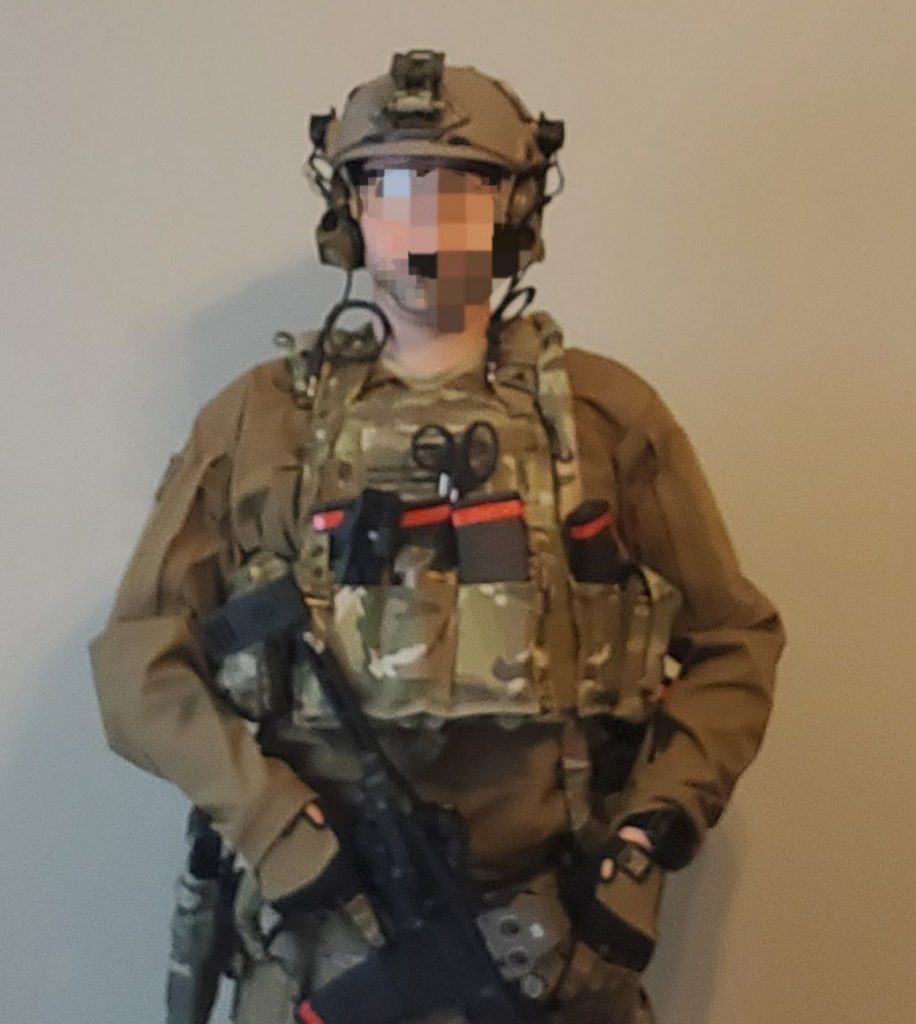
Walk through a convention or airsoft event today and you’ll see setups that could pass for actual operational loadouts. Plate carriers with replica Crye cummerbunds, helmets with training NODs, and camo patterns that look straight out of the 1990s Ranger Regiment. Some people are chasing realism. Others are recreating film or game loadouts from Black Hawk Down, Zero Dark Thirty, or Call of Duty. A few push into creative territory, blending real gear with fictional patches, anime themes, or sci fi touches. Whatever the angle, everyone speaks the same language: good nylon, correct fit, and functional layout.
Pop culture has played a big part in shaping this crossover. Movies like John Wick and 13 Hours made quality gear mainstream. You can spot Crye, Spiritus Systems, or Ferro Concepts products on big screens and streaming shows now more than ever. The same companies that build equipment for military and law enforcement are supplying props for Hollywood. That exposure brought a new wave of enthusiasts into the fold, many of whom started by buying “movie loadouts” and stayed for the craftsmanship.
On the Internet, the line between cosplayer and gear guy has mostly disappeared. Instagram pages once focused on airsoft now post detailed kit breakdowns and field photography that wouldn’t look out of place in a training catalog. Influencers and content creators post their setups not to play soldier, but to show off load bearing setups, color coordination, and era correct builds. Some are reenacting historical units, others are testing gear configurations for practical use. Either way, the attention to authenticity has raised the overall bar. Especially now since hobby groups have grown.
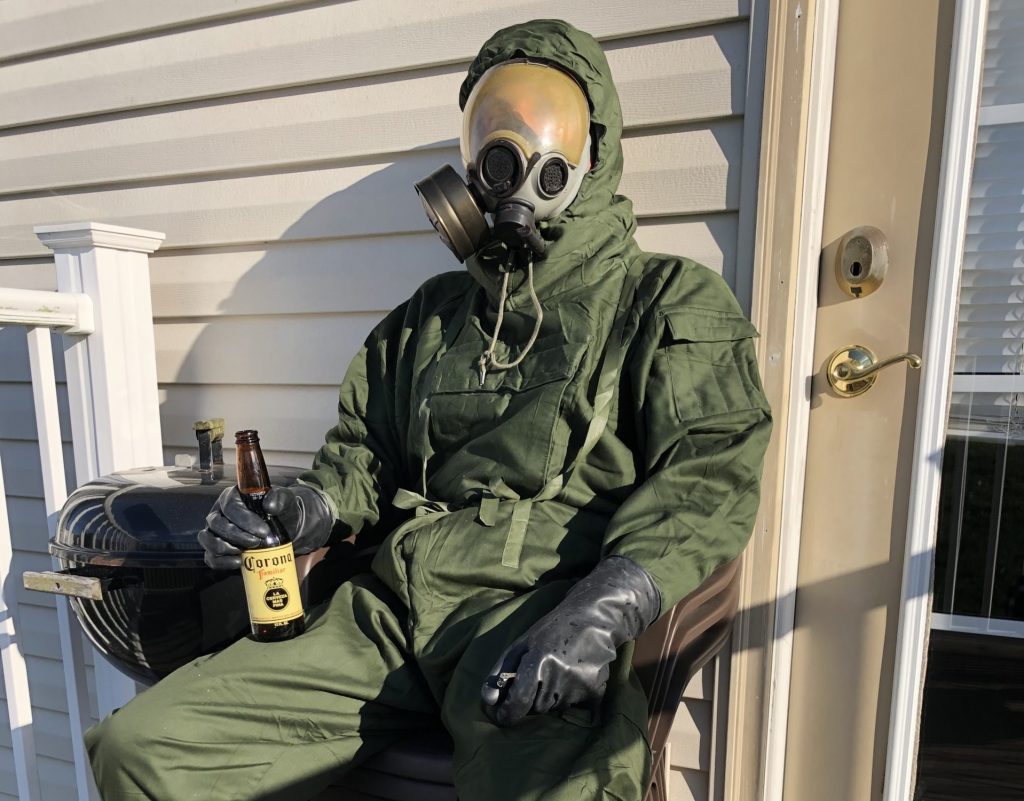
The most interesting shift in 2025 is how this hobby has matured. The crowd is older, more knowledgeable, and less interested in hype. People want real spec materials, real world usability, and gear that performs on the range, not just in photos. The creative side still exists, but it’s grounded by a respect for function. The younger crowd joining in from cosplay or gaming circles are learning proper firearm safety, range discipline, and how to build efficient rigs. In that sense, Kit Culture 2.0 is doing something positive. It’s teaching people to appreciate what makes real equipment work.
Kit culture isn’t about imitation. It’s about preservation and evolution. The same way surplus collectors keep history alive, this newer wave keeps the design language of modern warfare relevant in civilian hands. Whether it’s through a cosplay mashup, a retro Delta loadout, or a modern training rig, the point is the same: respect the craft, respect the gear, and keep the culture moving forward.
